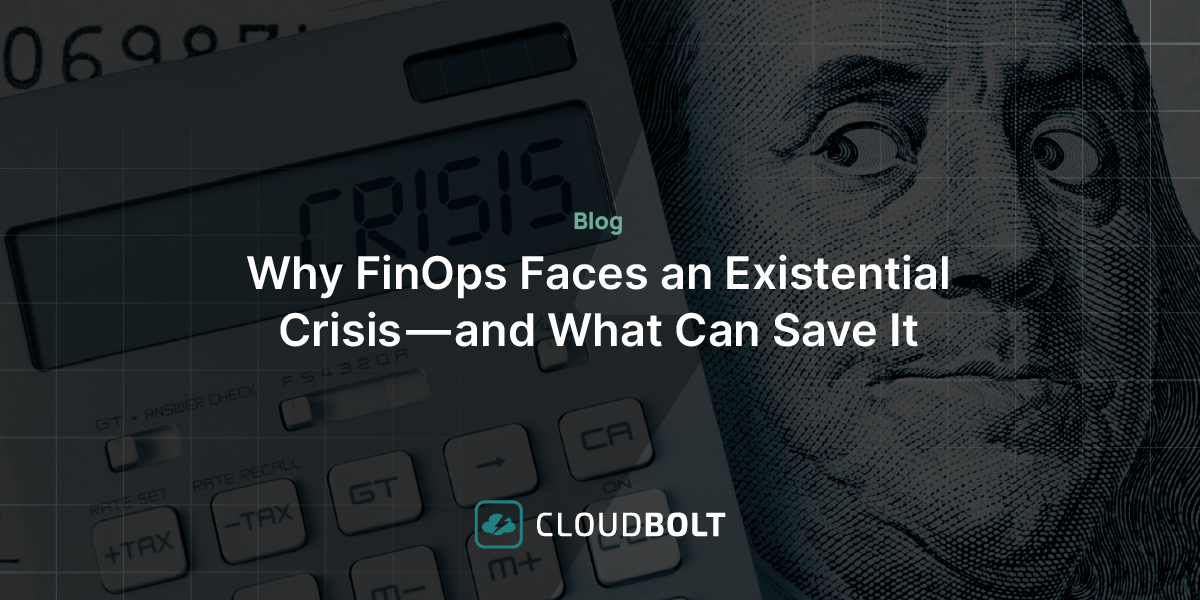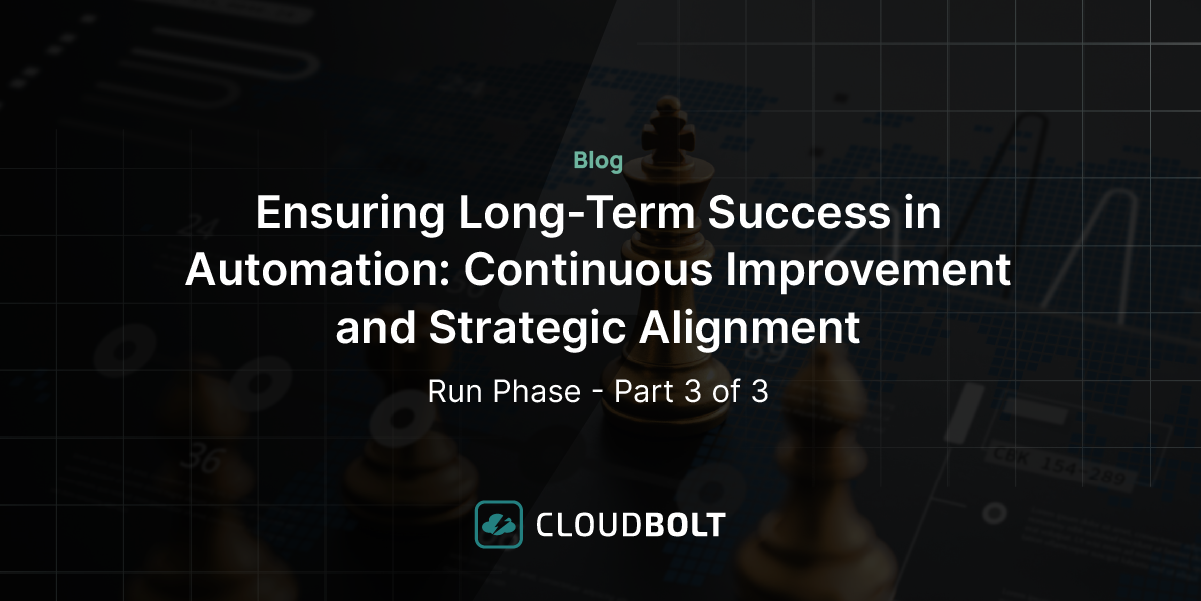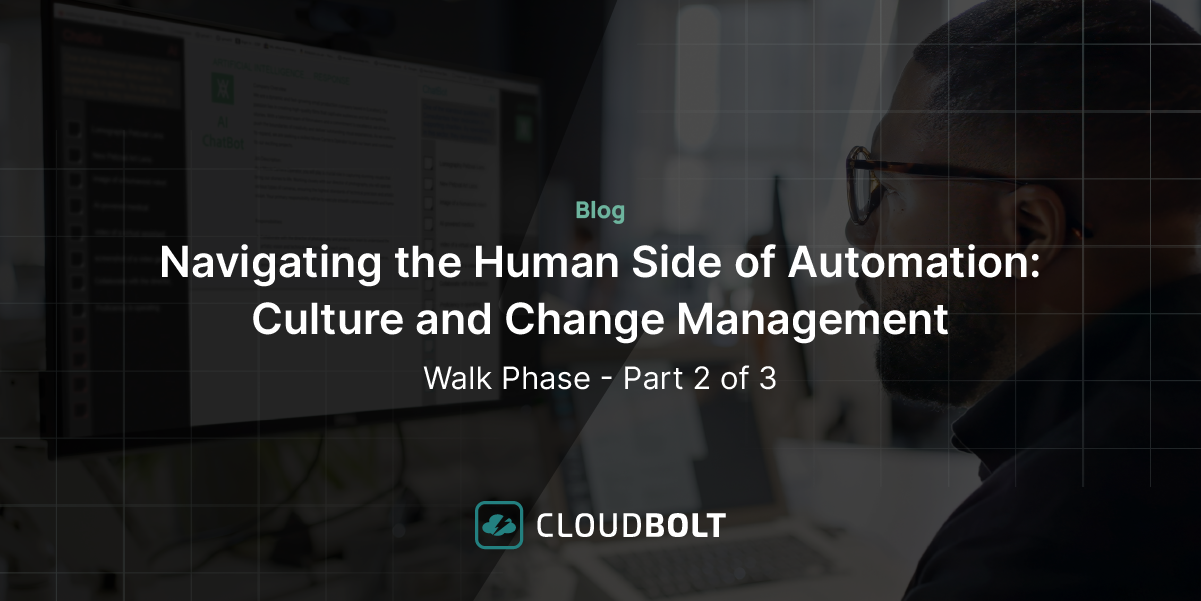What’s the Best Way to Navigate AWS Data Transfer Pricing?
Considering all aspects of cost for AWS is critical when you’ve selected it as a cloud computing provider. One area that is often the culprit for a growing AWS bill has to do with the accumulated cost of data transfers. Each services potentially involved in these transfers has different rates and stipulations, which can be challenging when it comes time to figure out costs.
An AWS Data Transfer occurs whenever data is moved either to the Internet from AWS or moved between AWS instances across their respective Regions or Availability Zones. Generally, inbound transfers are free; inter-Region and inter-Availablity Zone data transfers incur costs and are metered per Gigabyte.
A few years ago, it was calculated that the average business manages about 163TB of data. For enterprises, that figure is doubled. This 2019 article shows how some enterprises have spend shocking amounts of money just on AWS Data Transfers. In one example, it was found that Apple spent nearly $50 million on data transfers in 2017 alone. And for seven of the 10 biggest spenders in 2017, costs went up 50% in 2018.
As you can see, depending on the kind of data (such as video content, or data replication) and usage patterns of your users, data transfer costs can jump significantly overnight. Planning out the most efficient flow of your data is critical to staying within budget. Fortunately, there are several ways to reduce this cost if you first understand how AWS data transfer pricing works.
To learn more on this complex topic, this article in our new Guide to AWS Cost Optimization will help you navigate the intricacies of AWS Data Transfers and highlight some cost-effective strategies for routing your data.
See our AWS cost optimization tools in action. Request a demo today.
Related Blogs

Why FinOps Faces an Existential Crisis—and What Can Save It
As a technology leader of twenty-five years, I have worked on many solutions across a variety of sectors. These solutions…

